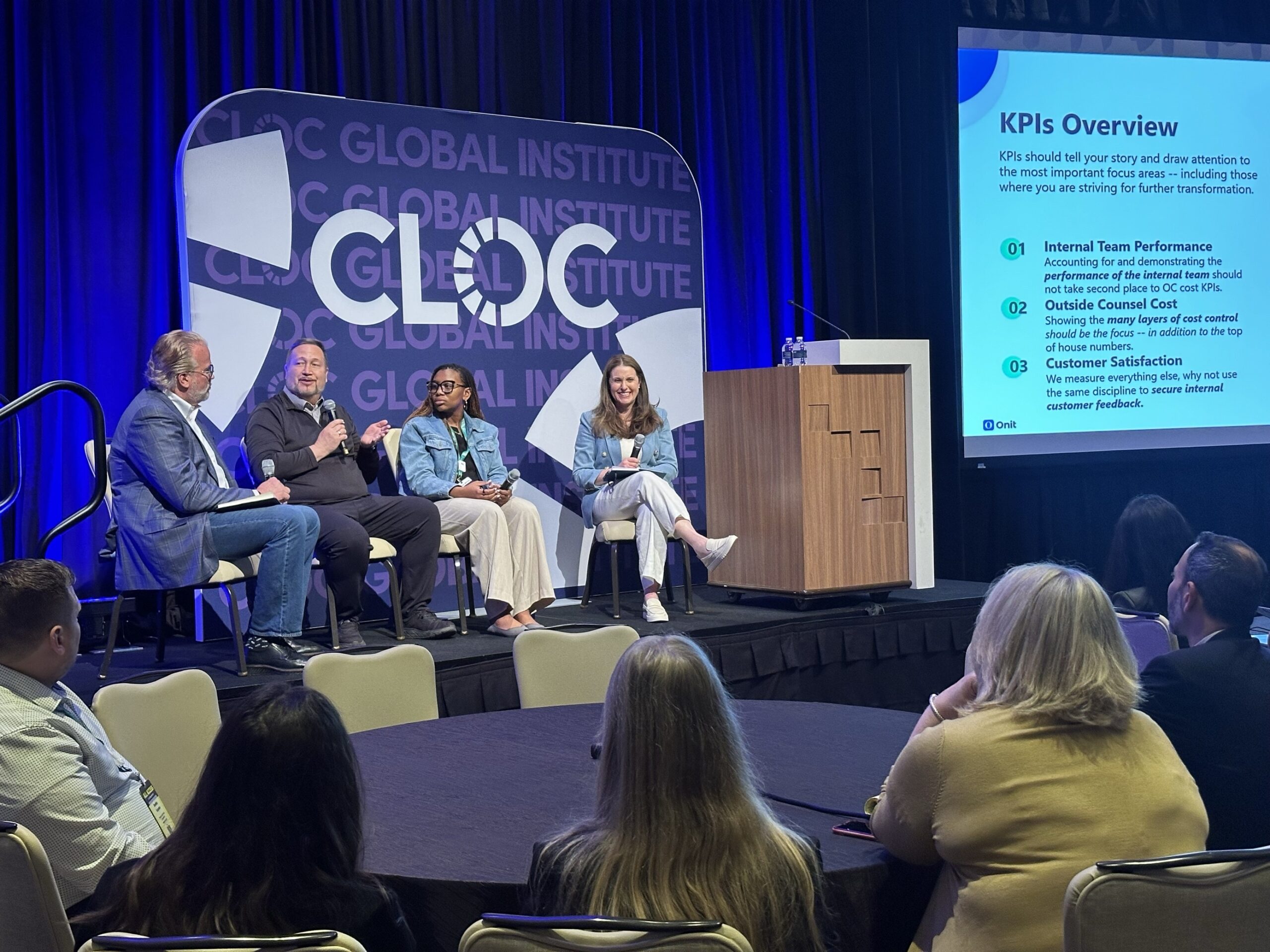Upgrading to a contract lifecycle management (CLM) system is an absolute must for modern organizations — saving time and money and providing game-changing insights. However, the actual uploading of contracts to your CLM system can be an exhaustive, expensive process. What’s the secret to getting your contracts into your CLM system without breaking the bank?
If your business recognizes the need to upgrade to a contract lifecycle management (CLM) solution, congratulations – that’s a great first step. However, far too many organizations overlook the importance of legacy contract migration when searching for their new CLM solution. Legacy contracts encompass legal documents that could be scattered in various places around the organization, including:
- On a shared repository, like a legacy CLM, Google Drive, or SharePoint
- In digital files on employees’ hard drives
- In a physical, hard-copy file tucked away in a cabinet or storage bin somewhere
Typically, organizations face significant challenges with their legacy contracts:
First, you must decide how to get the contracts into your system (if at all). Some organizations give up on bringing older contracts into CLM before even getting to this stage, preferring to “start fresh.” By deeming these contracts as legacy and then forgetting about them, organizations are playing with fire. These contracts may possess a ton of value to a business.
An organization gains an enormous amount of insights and data from legacy contract information, helping to better inform decisions and negotiations in the future. For example, legacy contracts could enable organizations to discover the complex nature of relationships between companies (suppliers, customers, and partners) or detail the key financial terms (prices, payment terms, and discounts) between two parties.
Beyond those insights, legacy contracts also contain risks and obligations that organizations need to know; the cost of overlooking even one of these elements can put the business in an uncomfortable legal, financial, and reputational position. After investing time and money in a CLM system, deciding to skip the import of these legacy contracts almost immediately cuts down on the ROI for the entire venture.
Once an organization decides to bring in those contracts (and work to the full value of their CLM investment), they can go one of two ways: subcontracting the job to another resource to bring all that contractual information into the system or designating internal teams to do the same.
Unfortunately, both of those options present the same significant downside.
You face a massive cost — and value — issue. Many organizations have hundreds of thousands of contracts to get into their CLM system; some even have millions. Sub-contracting this work to another company is enormously expensive. The average cost per hour for quality outsourcing of contract migration is around $25 USD; it takes around 22 minutes per contract for review and data extraction.
This time can rise substantially depending on the quality of the contract, its location (and if there is a retrieval process), the number of details needing capture, contract complexity, level of quality assurance, and many other factors. Adding in project management and outsource team training on top of that money, and the real cost per contract import could go as high as $40/hour USD. That’s an enormous expense for a department looking to find value.
Dropping contract migration into the laps of your organization’s resources is another subpar option for a busy legal department. Designating the task to internal teams takes away critical hours that could be spent on higher-value projects, a recipe for department-wide bottom-line disaster.
Faced with two not-ideal options, an organization could quickly find their investment in a CLM solution — one that is supposed to streamline workflows and improve cost efficiencies — blowing up their budget.
The ideal solution: AI-assisted data migration
There is a way for organizations to get the most out of their legacy contracts with their new CLM system without letting costs spiral out of control: AI-assisted data migration. By deploying a dedicated human team augmented by AI-powered insights, organizations can quickly get the most value out of their CLM system (and secure significant investment).
Here’s why the combination of human and AI for data migration is so powerful:
- It saves time. Get a rapid head start on collecting (and finding) the data you need. With AI-assisted data migration, users can save up to 90% of time finding and extracting vital information from contracts — and internal teams can spend more time on higher-value projects for the organization.
- It saves money. Secure the bottom line. AI-assisted data migration allows organizations to reduce outsourcing expensive contract upload work to external resources and saves significant money on revenue leakage.
- It reduces risk. Help protect the overall organization by collecting vital information from within contracts. With AI-assisted data migration, organizations can quickly create structured insights, benchmarks, and risk assessments from chaotic data.
- It makes project management easier. Cut down on headaches and streamline processes with AI-assisted data migration. Deploy a single environment to collaborate, assign, manage, and automate large-value projects. Ensure greater consistency by reducing human error through automation, and improve quality assurance by incorporating guidelines, examples, and reporting.
AI-assisted data migration is integral to securing the good ROI demanded by any significant software investment. This type of AI-powered technology enables organizations to quickly upload their contracts into an efficient CLM environment — allowing for eye-opening insights, quick searches, key fields, and streamlined management that secures true value for the solution.
Onit’s ExtractAI solution helps find, organize, and action critical information in large volumes of contracts. Click here to learn more.






